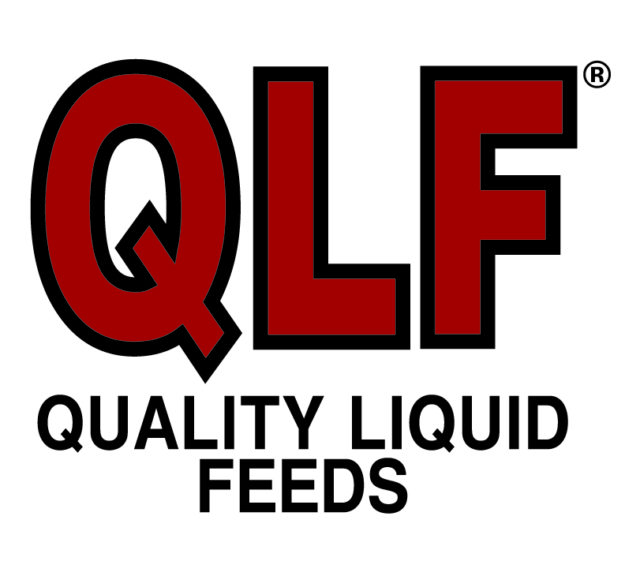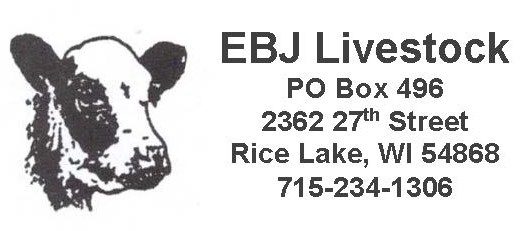“The carcass is chilled 24 to 36 hours and broken down into parts we call primal cuts, and put into vacuum bags and sent to retail stores. And that is cut into steaks and roasts,” he said. “The trimmings taken from this process — the lean, finely textured beef — is separated from the fat and from the lean trimmings. These products are frozen and put into a 60-pound box and shipped to processing plants that generate ground hamburger meat.”
Cross said there is no difference in taste, and that “it is perfectly natural to have trimmings that come from cutting out steaks and roasts from the carcass.”
“These trimmings have pieces of lean still attached to them,” he said. “It is valuable; it’s meat. Lean, finely textured beef is a process of centrifugation. It separates the lean and the fat, resulting in a very nutritious and very safe product.
Cross said every time an animal is harvested, 12 to 15 pounds of this product is generated and used in ground beef.
“It’s been used for more than 20 years,” Cross said.
From a beef industry perspective, this adds value to the carcass, Cross said.
“We try to harvest every single aspect of the animal during the process,” he said. “This 12 to 15 pounds would be that amount of protein not on the market. The fact we are going through this exercise of removing it from the market has caused the price of lean trimmings to go up over 15 percent. That’s going to cause the price of ground beef to go up, and we all know who is going to pay for that – the consumer.”
He said the Southwest just came off the worst drought in its history and the region “lost more than 35 percent of our cows in Texas alone.”
“We are going to have a shortage of protein and this is just adding to that shortage,” Cross said. “This is going to cause the price of a lot of our products to go up.”
Cross said he and faculty members, as well as those who serve in dual roles with the Texas AgriLife Extension Service and Texas AgriLife Research, will continue to educate consumers on the facts of lean, finely textured beef.
“We have people who are very knowledgeable about this product both on the quality side and the food safety side,” he said. “We will do what we always do – we will collect the right data and get it out to the public and to the industry so they can use it. We will make it a priority to get the real facts out to the public.” ![]()
-- Texas AgriLife Extension Service







